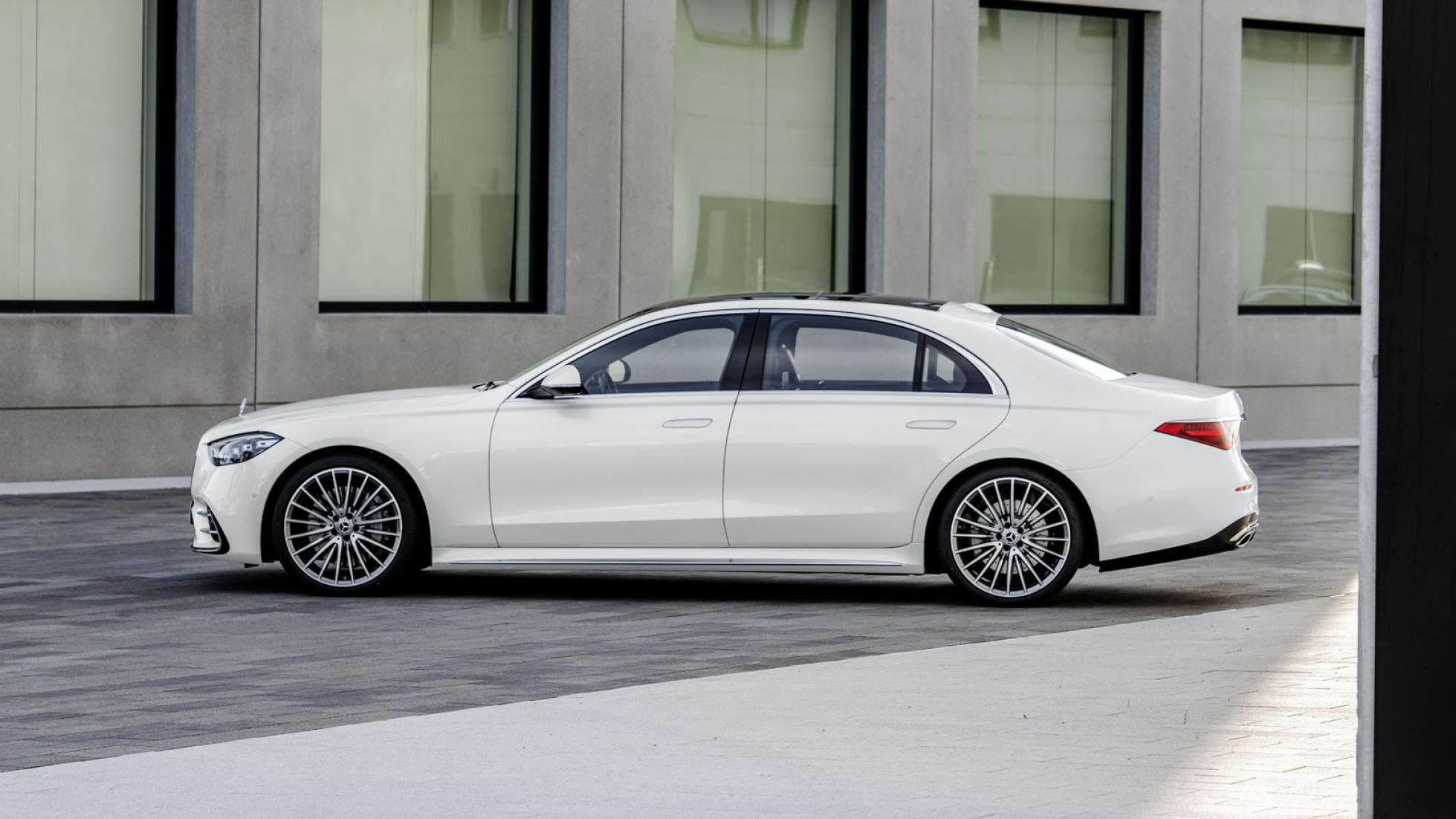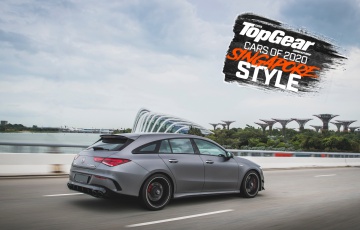This is the brand-new Mercedes-Benz S-Class



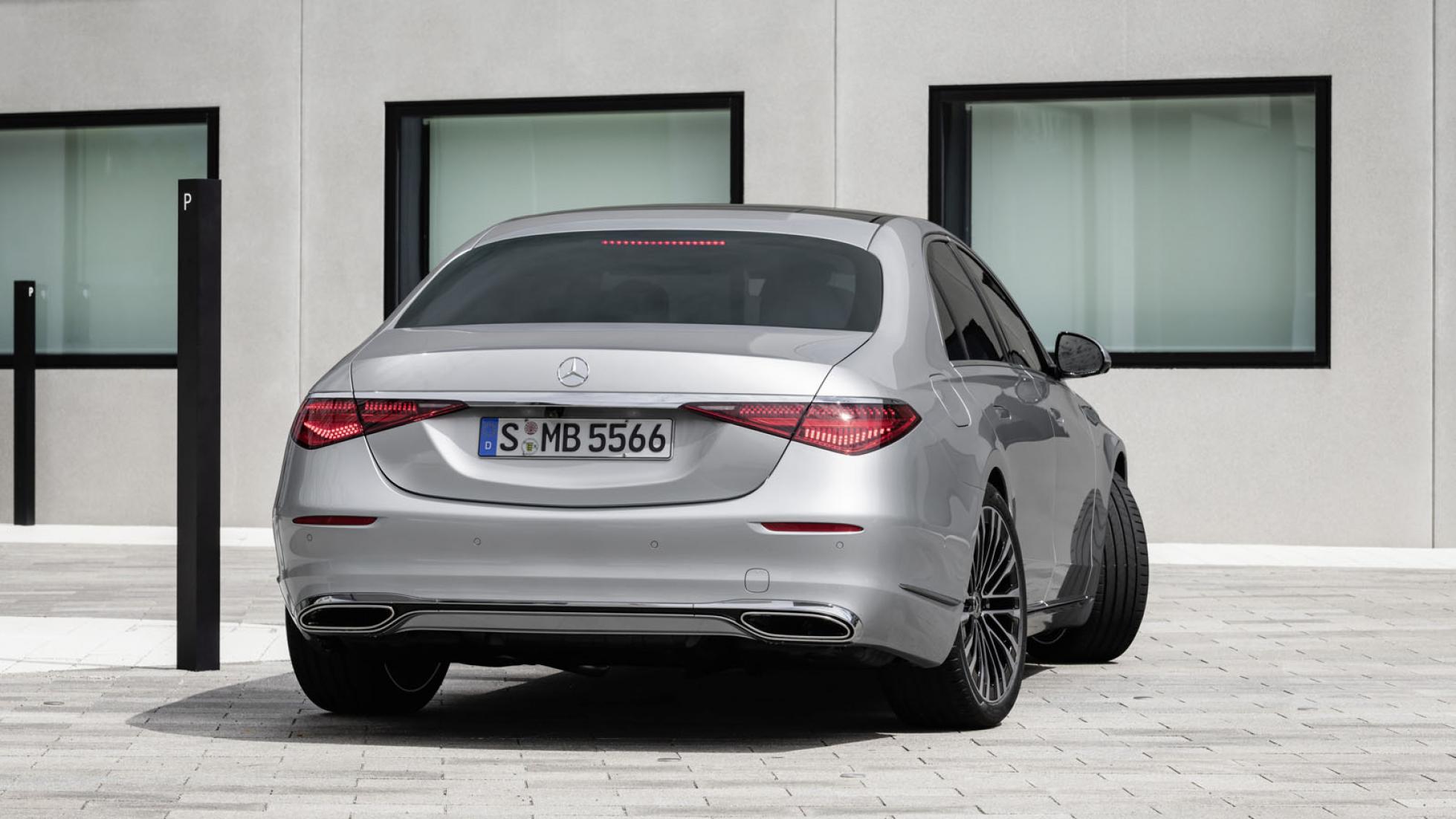









Usually the press release for a brand-new car is a few thousand words long.
Cars are big, complicated things after all, so explaining how they work normally requires many pages of many words.
But the new Mercedes-Benz S-Class is bigger and more complicated than most, which is why its press release is no less than… 31,602 words and 83 pages long.
Roald Dahl’s Charlie and the Chocolate Factory is only 30,644 words long, so claims the Internet, and that’s an ACTUAL BOOK.
Anyhow, the new S-Class. The definitive Mercedes, and best-selling luxury car in the whole world.
(Click HERE to read about our first drive review of the W223 S450 L 4Matic with a W108 250 SE)
The three-pointed star’s technological flagship, and the car you should really be looking at to see what kind of tech will be fitted to your new Ford Focus in five years’ time.
Headline tech includes the rear-axle steering (which reduces the S’s turning-circle by a massive 1.9 meters) and trick ‘E Active Body Control’ that lays claim to being the “world’s most intelligent suspension” system.
It counteracts pitch and roll, scans the road ahead for bumps and dips, leans into bends and can adjust damping at each corner 1000 times A SECOND.
There's also an ‘Interior Assist’ function in the new MBUX infotainment system, which uses cameras pointed at the car’s occupants to effectively guess what it is you want to do, then do it for you.
Look over your shoulder and it’ll automatically open the rear sunblind, for example. And if it sees you scrabbling around on the passenger’s seat at night looking for something, it’ll turn a light on for you.
AND there's a possibility of up to five available screens, trick new rear airbags either, and the colossally powerful 30-speaker Burmester stereo.







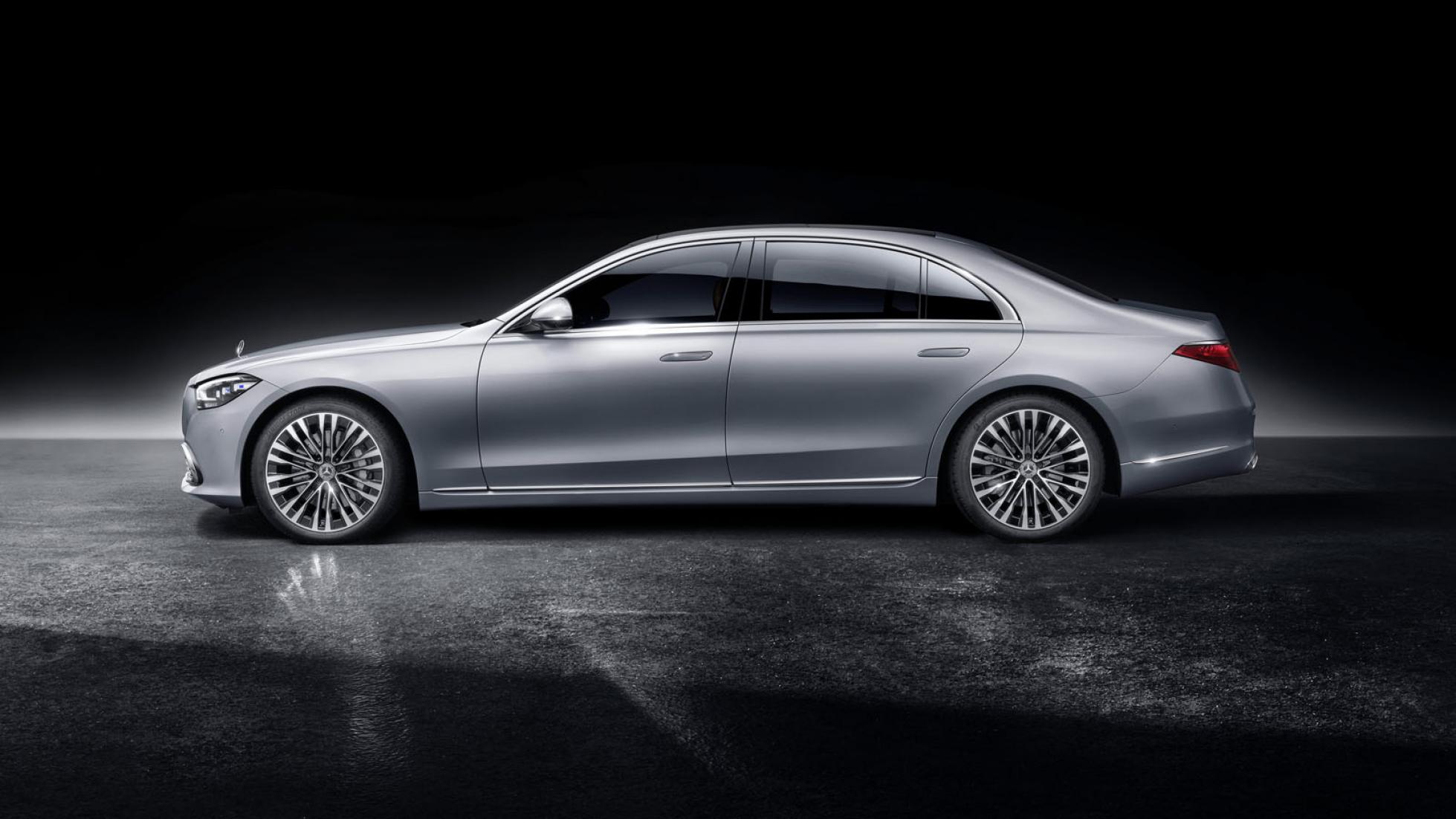



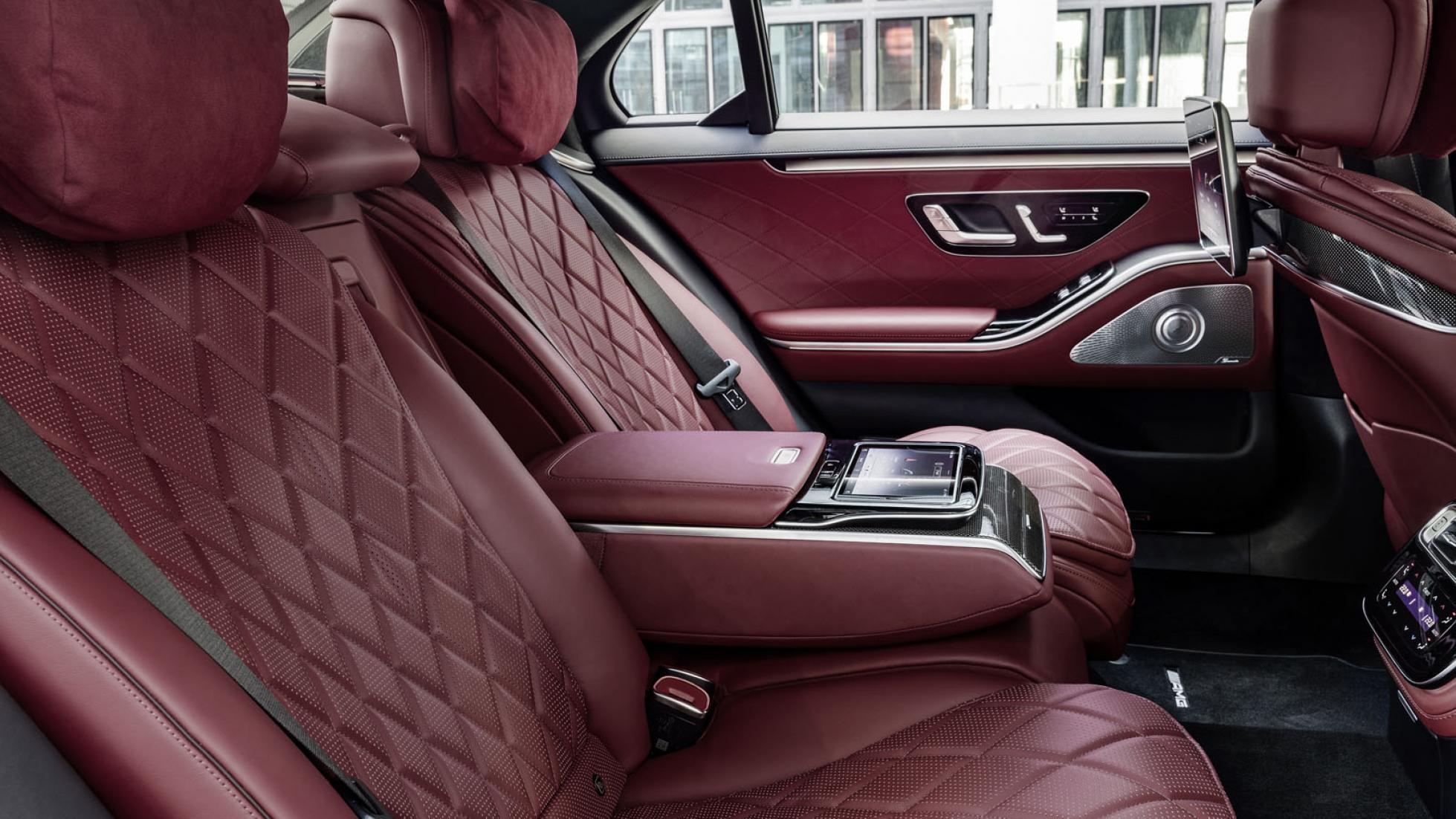


Regulations permitting (if and when!), there's even a ‘level three’ semi-autonomous driver assistance system called ‘Drive Pilot’ that permits hands-off driving on divided highways at up to 60km/h. The driver can take their eyes off the road ahead, but has to be able to take back control within ten seconds of the car asking them to.
The S is also technically capable of parking itself – the law is all that prevents it from dropping you at the entrance of a multi-storey carpark, finding itself a parking space, then coming to pick you up again when you’re done.
It remains to be seen whether we get the ‘Digital Light’ headlamps, which use millions (yes, millions) of micro-mirrors to project symbols or even guidelines onto the road ahead.
The 'standard' bits include augmented-reality HUD, an instrument cluster that uses a camera to track your eyes and create a clever 3D effect, trick LED lighting networked to the driver assistance systems and instead of actual buttons, a new 12.8-inch MBUX infotainment system complete with portrait-oriented OLED touchscreen. And much more besides.
It’s physically bigger in pretty much every way than the car it replaces, so it’s more spacious and has a larger boot, but liberal use of aluminium in its construction promises to keep weight low.
Meanwhile despite having a bigger frontal area than the outgoing car, with a drag coefficient of 0.22 the new S is actually one of the most aerodynamic cars you can buy. That leads to better fuel economy and an even quieter cabin. Looks? Subjective. We’ll leave you lot to argue about it in the comments.
Engines? At launch there are two diesels – well, two versions of the same diesel – and a petrol. The 286hp S350d, 330hp S400d (d means diesel, obvs) and 435hp S500. All are six-cylinders, with the petrol and higher-powered diesel getting all-wheel drive.
The petrol adds 48-volt mild-hybrid tech and does 0-100km/h in 4.9secs, while the S350d and S400d manage the same in 6.4 and 5.4secs respectively.
Other engines will follow, including a hybrid, a V8 and eventually an AMG. The S400d is long-wheelbase only, while the S350d and S500 can be had in either short or long-wheelbase form.
STORY Tom Harrison




